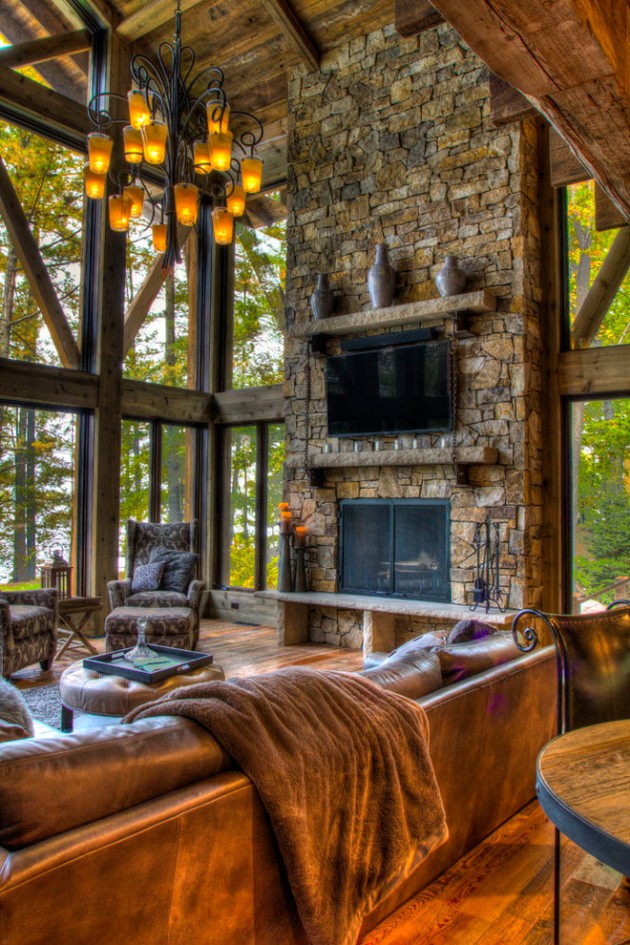

It’s never too soon to think about graduation, new baby, or even holiday gifts. The “housetop” pattern of many mid-century Gee’s Bendquilts, with their asymmetry and random-but-coordinated use of color, have an important cultural history but also seem modern and fresh. Janet Houts’ Log Cabin Quilts: The basics and beyond is a great place to start if you want to take your log cabin in new directions.ĭon’t worry that your log cabins can only look to the past for inspiration – there are several authors designing modern versions of log cabins and even some old interpretations that feel au courant. Log cabin block spin-offs include Barn Raising, Court House Steps, Chevron, Maple Leaf, Pineapple, and Sunshine and Shadows. In quilts, as in classical music, there are usually variations on the theme. I used the same fabrics for each but randomized the placements so everyone got a gift that was “the same but different.” I love the modern, slightly space-age fabric patterns within the traditional log cabin framework. Two years ago I made throw-size log cabins for the ladies in my book club. It’s amazing how you can turn one set of identical blocks in different ways and patterns to get very different visual results in the finished quilt. Burns includes diagrams showing all the possible layouts for each standard quilt size. For me the fun of a log cabin quilt is that I can explore a wide variety of fabrics, colorways, and textures and get a different result every time. Her strip-piecing explanations are easy to understand and supported by excellent diagrams and photos. I use Eleanor Burns’ Make a Quilt in a Day: Log Cabin Patternbook to guide my log cabin technique. Some have explored even earlier sources for log cabin inspiration going as far back as Egyptian mummy wrappings to find the now well-known design of rectangular “logs” laid in a square pattern. Log cabin quilts have a rich tradition in America going back to the mid-1800’s and, according to Karen Griska, carried special symbolism – “A red center symbolized the hearth of home and a yellow center represented a welcoming light in the window… a Log Cabin quilt with a black center hanging on a clothesline was meant to signal a stop for the Underground Railroad.”

I admire these quilts and the artistry that goes into them, but for myself, I prefer the log cabin with its straight lines and pleasing geometry.Īnd as Ashli mentioned in our 2019 theme unveiling, log cabin quilts are especially great for beginners and are an easy way to see fast results and have a finished product that is both lovely and functional. If you’ve ever been to a quilt show, you’ve seen beautiful quilts – jaw-dropping works of art with intricate top-stitching over advanced-technique quilt blocks that can take a year or more to complete.


 0 kommentar(er)
0 kommentar(er)
